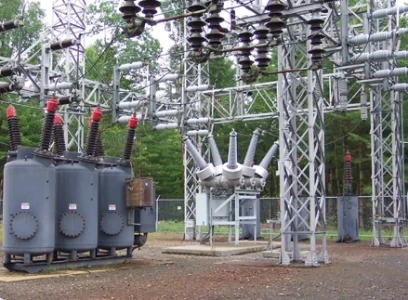ACCELERATING TOWARDS GREATER TESTING EFFICIENCY - A true transformer test van

Test lead management, including quality of connection and correct lead placement, is an important part of testing. Poor or incorrect connections can be the culprit for nonrepresentative results that ultimately lead to longer test times and, in some cases, wasteful investigations to diagnose transformer problems that do not exist.
The time required to perform electrical testing is mostly influenced by the time involved during test set-up and breakdown. Therefore improving test efficiency largely becomes a matter of improving lead management. Solutions are emerging that address the challenges in managing test leads and in general, advance testing efficiency.
One solution, that is perhaps least understood, is a transformer test van. The term “transformer test van” has been applied broadly to describe any van that carries transformer test equipment. From there, the variances are wide. A true test van, however, is an instrument on four wheels.
ELECTRICAL TESTING
A number of electrical tests may be performed on a transformer to gain information about each of the facets of its health (dielectric, mechanical, thermal, and magnetic). No single test facilitates
a comprehensive assessment of a transformer’s condition. The reason for testing a transformer and the nature of concern about a transformer’s state of health, if any, will determine which tests make sense to perform.
There are many tests in common field use, including transformer turns ratio, winding resistance, power factor and capacitance, dielectric response methods like DFR, insulation resistance, exciting current, SFRA, leakage reactance and frequency response of stray losses (FRSL). Each has a different strength - some are recommended screening methods, while others are only called upon when a problem is suspected.
Generally, there are three stages of testing:
Stage 1: Planning: planning/scheduling tests
Stage 2: Executing: isolating the transformer, preparing the transformer for test and performing the test(s)
Stage 3: Review and Asset Management: assessing the results, decision making and data management
Stage 2 is arguably the most time consuming part of testing. It is also one of the areas where advancements in test instruments, leads and systems is increasing efficiency and safety.
Quite a bit of time is wasted during testing set-up and breakdown. Therefore improving test efficiency largely becomes a matter ofminimizing the time required to move between tests and improving lead management.
Test lead management includes the knowhow of where to connect leads, making good test connections and the number of “touches” with test leads required to complete a test(s). It is noted that poor test lead management can influence Stage 3 of testing by increasing time required to figure out results that are typically affected by incorrect or poor connections.









